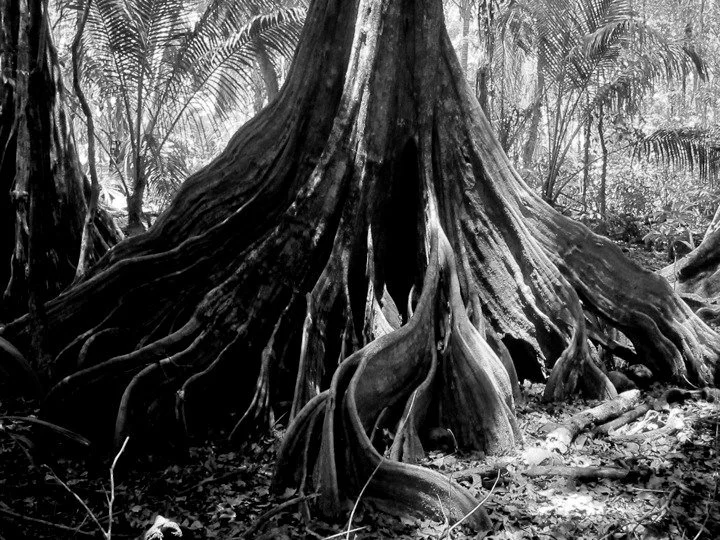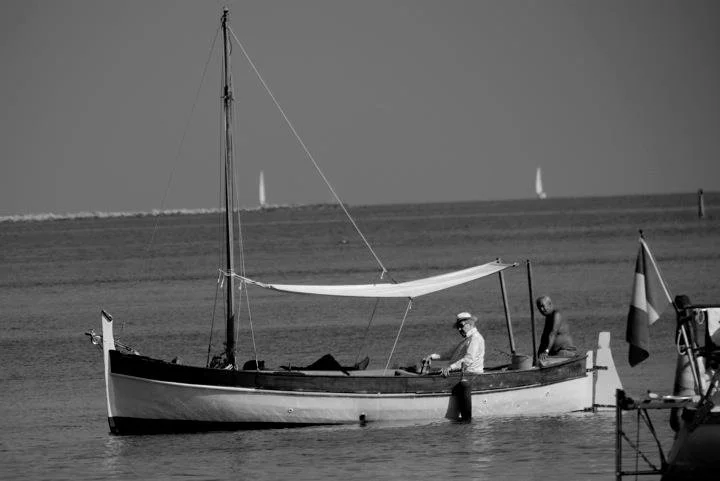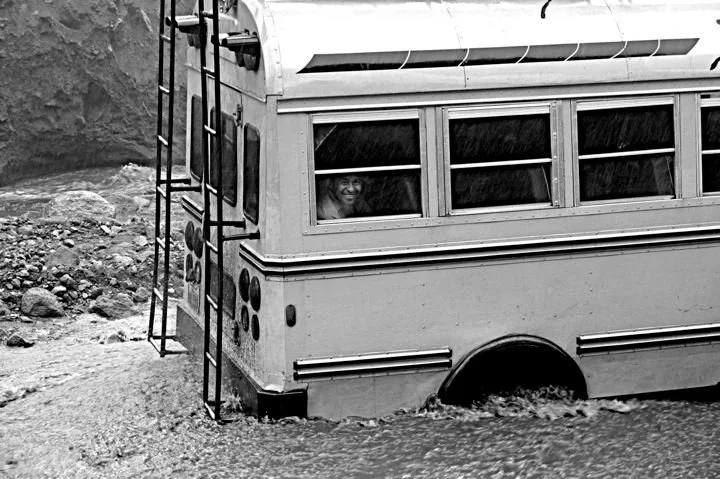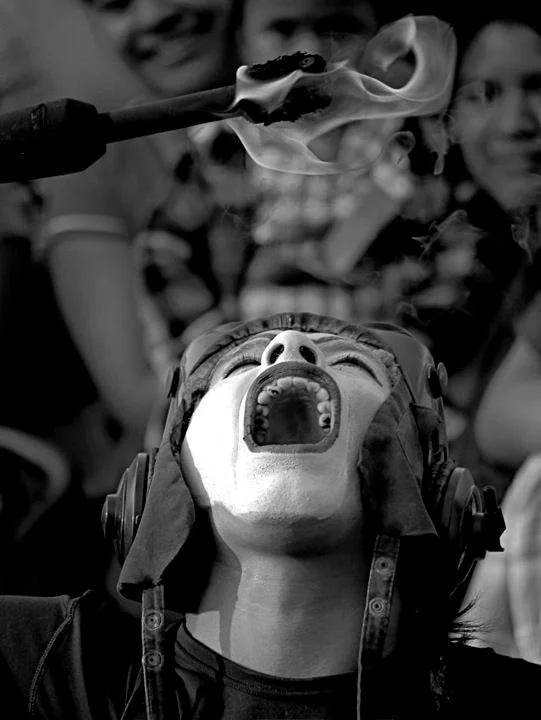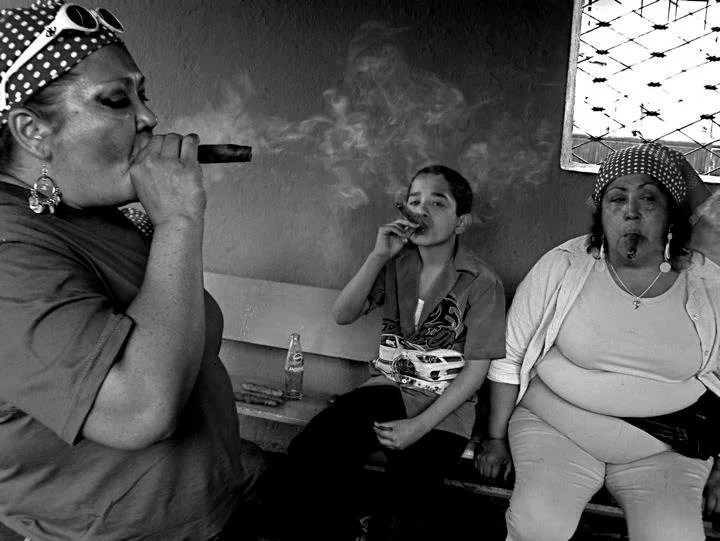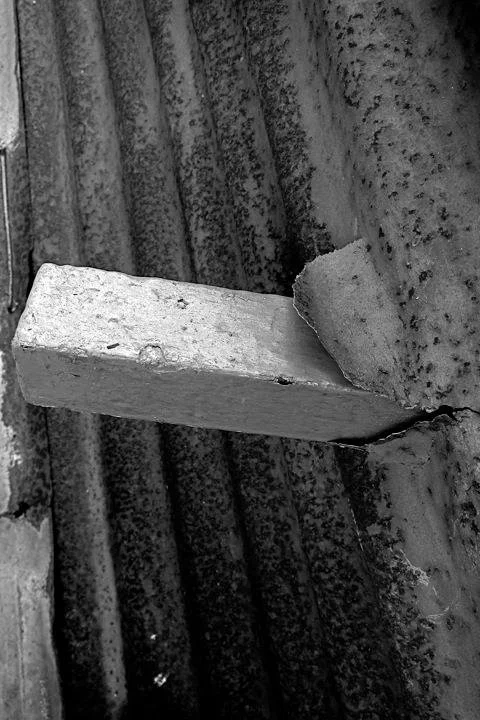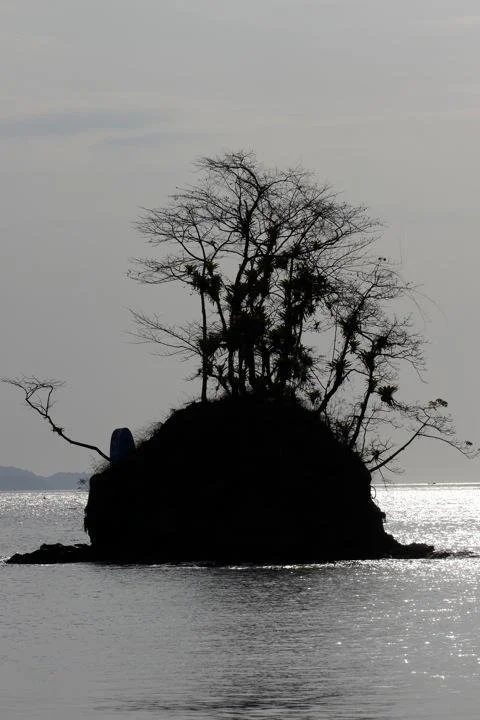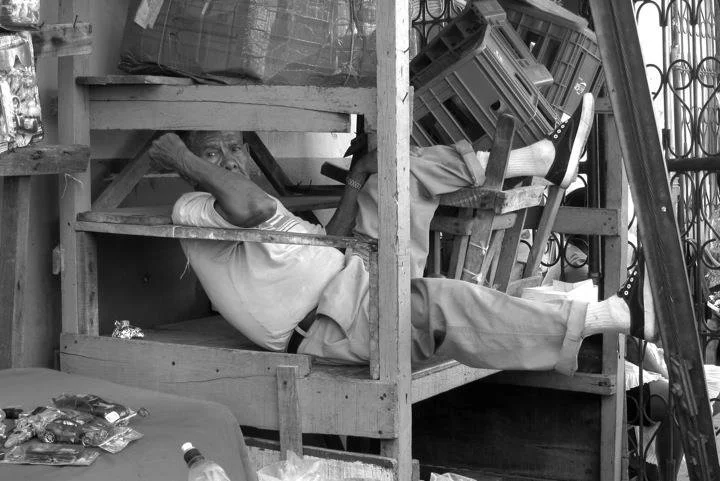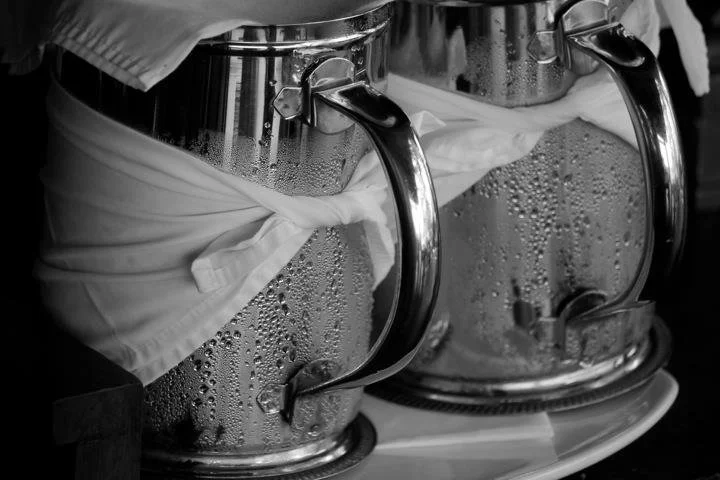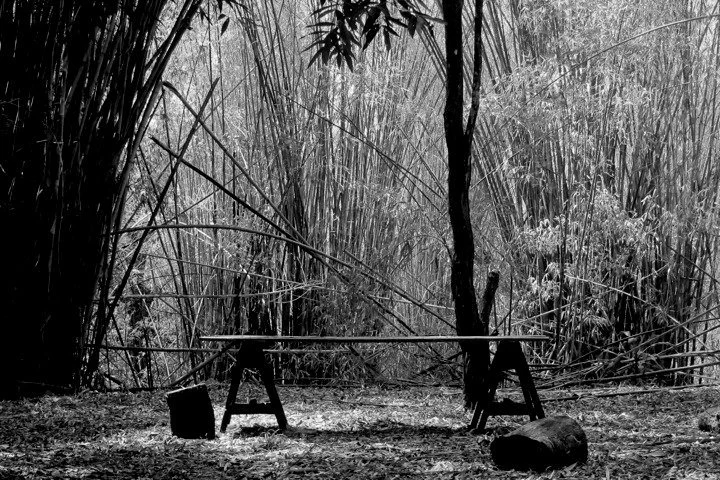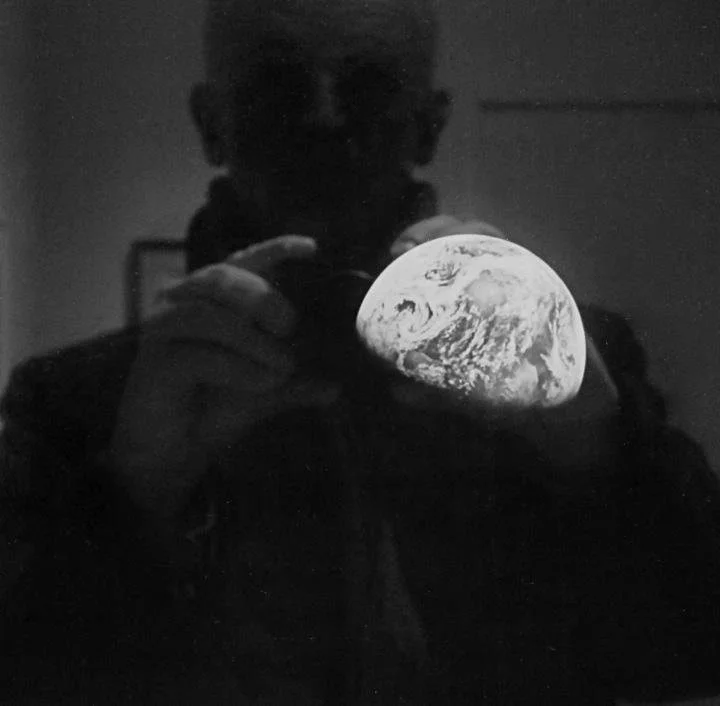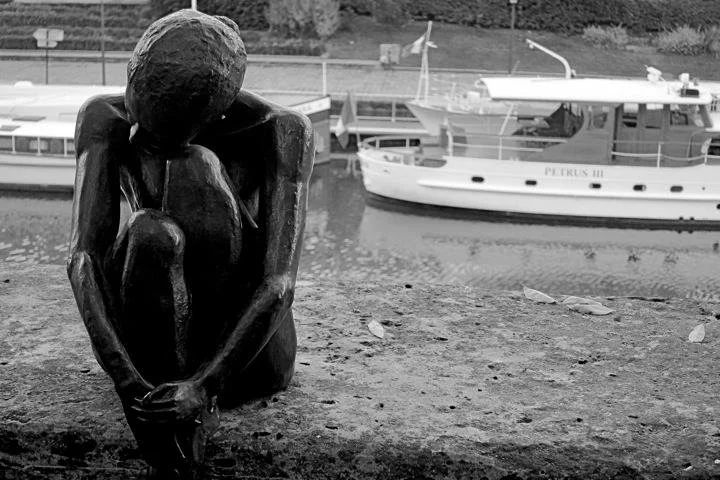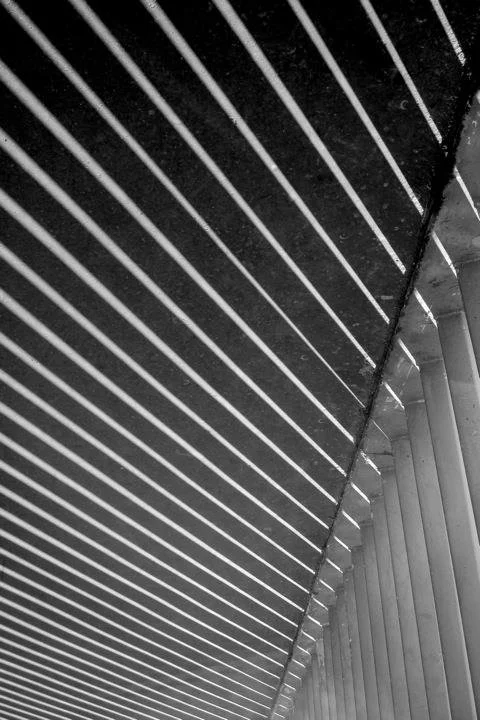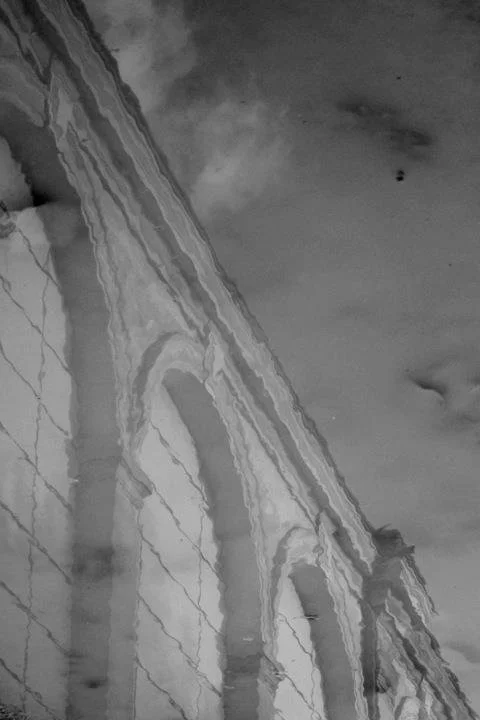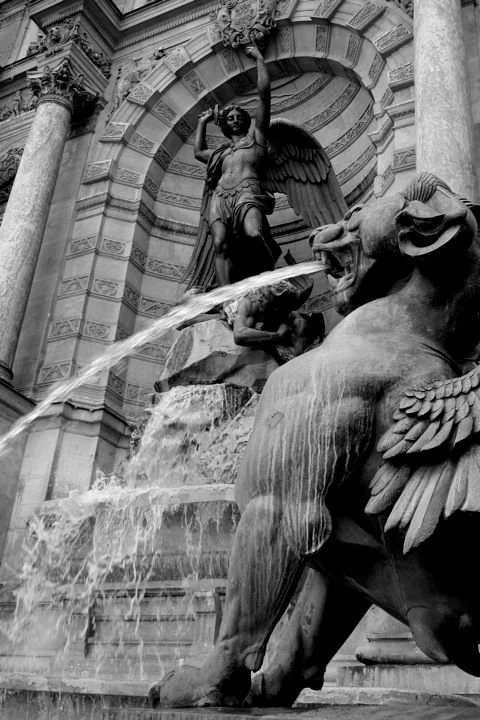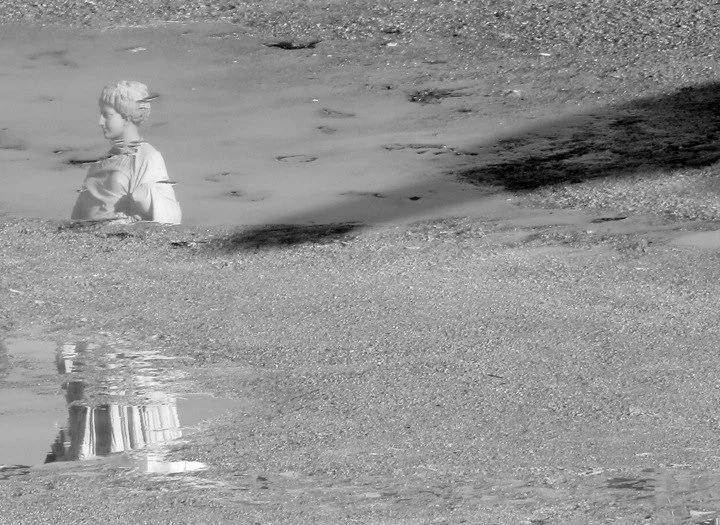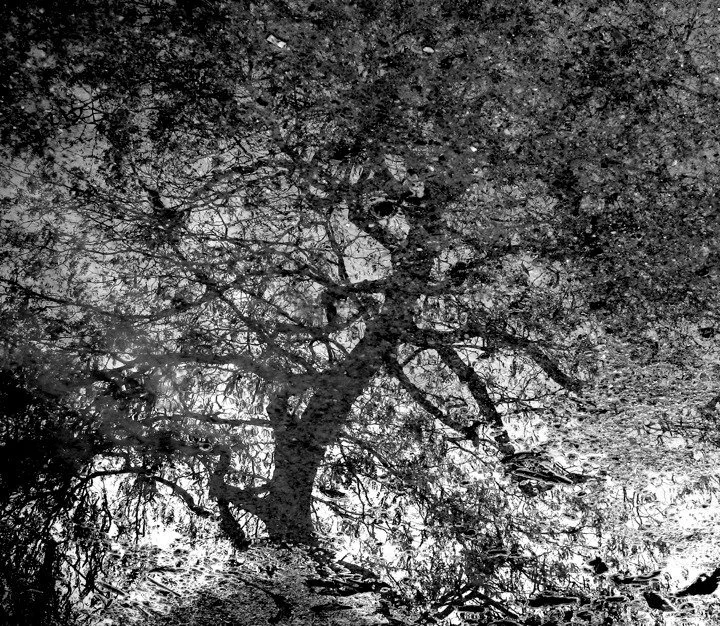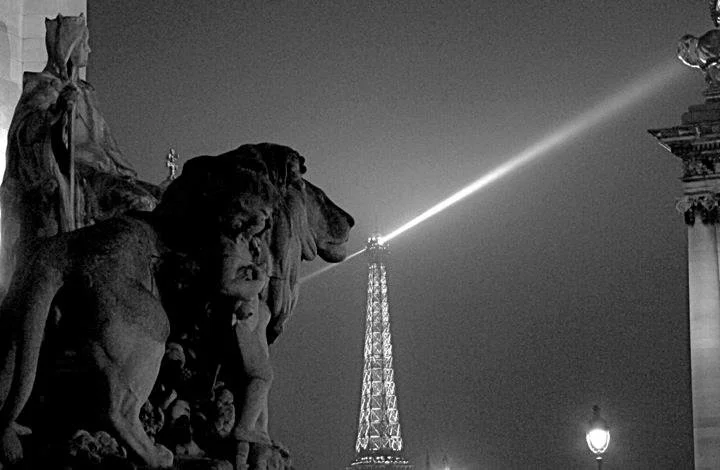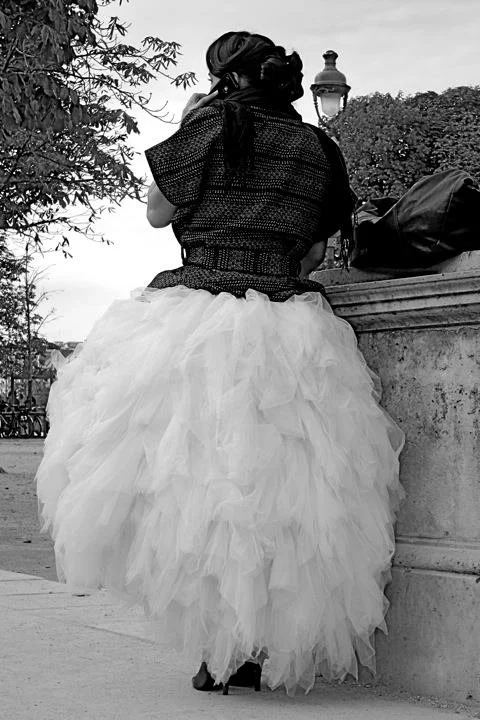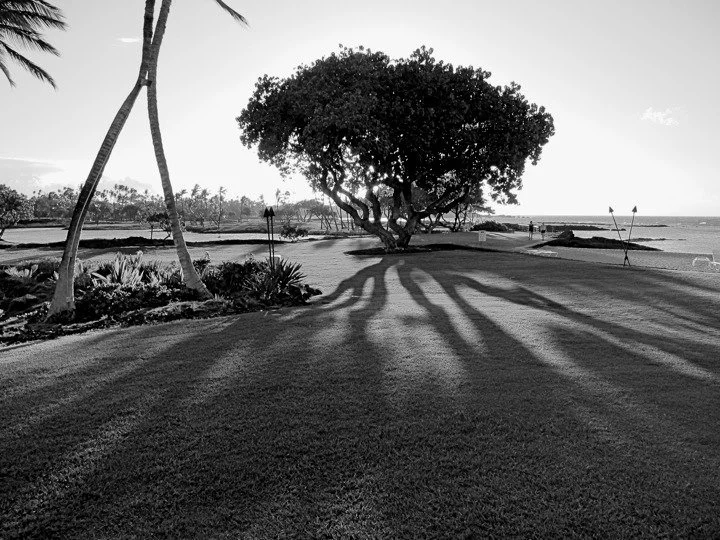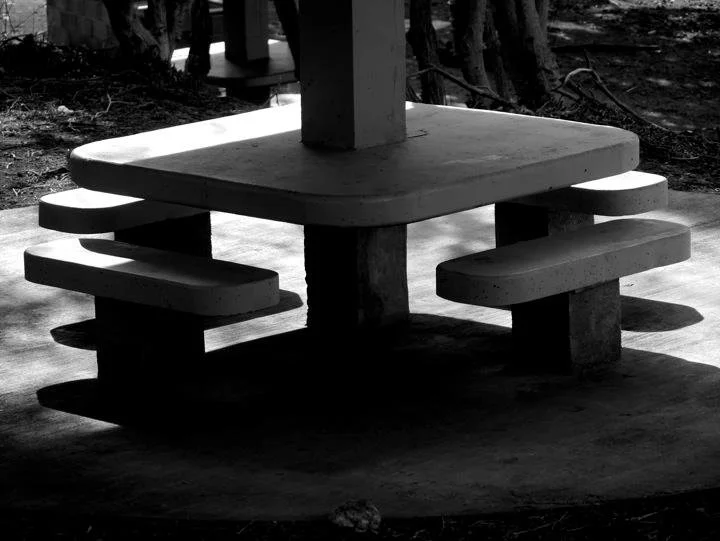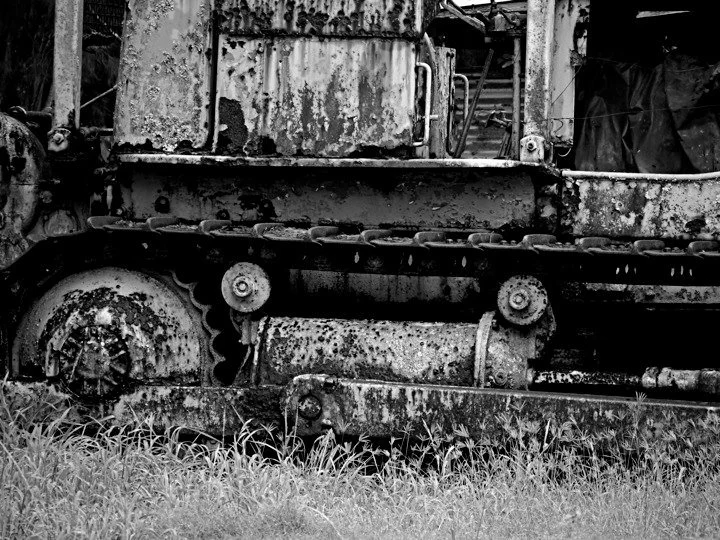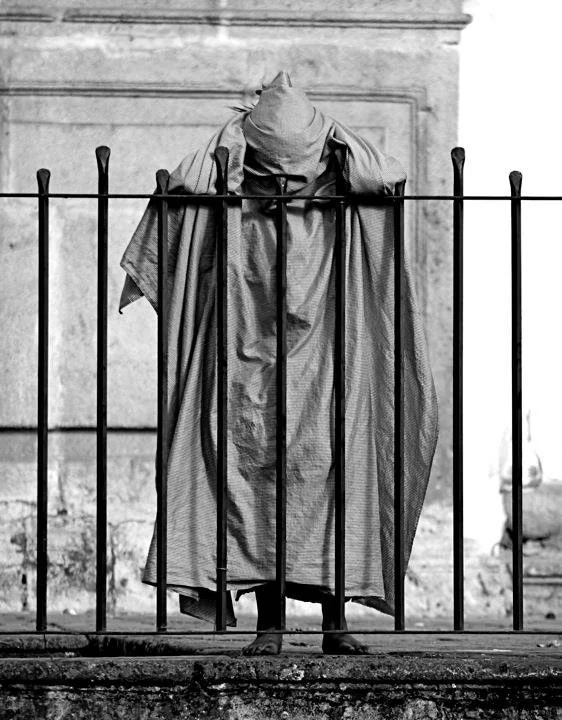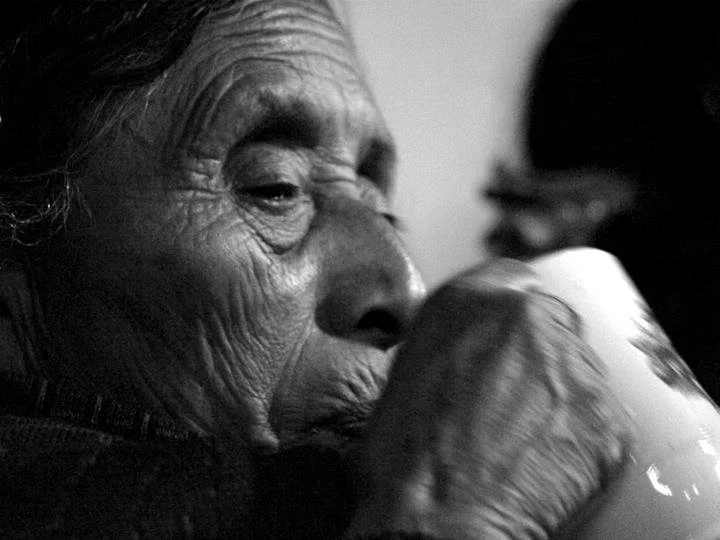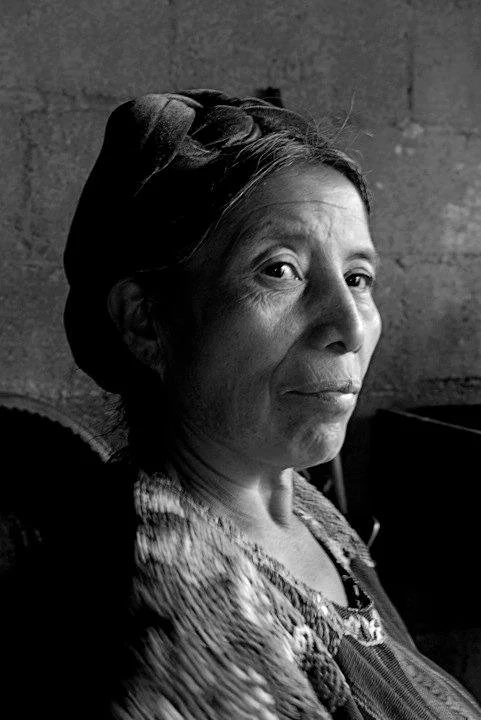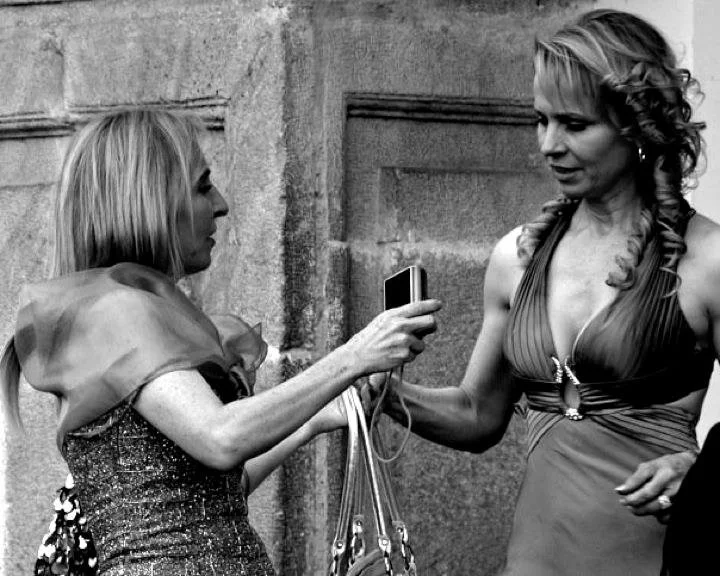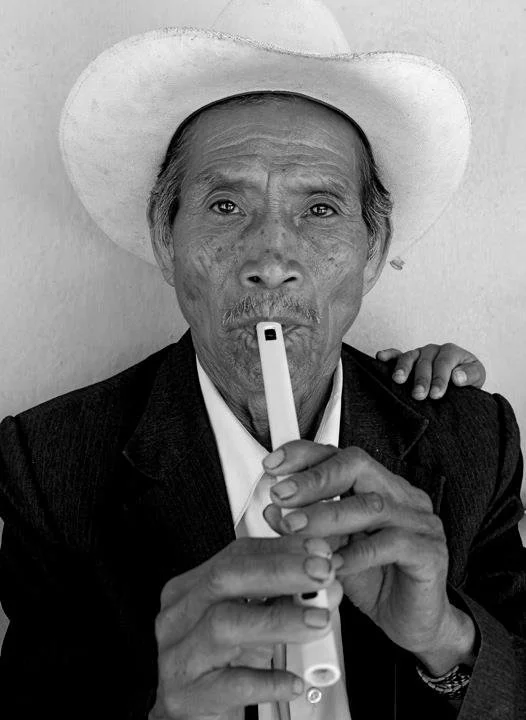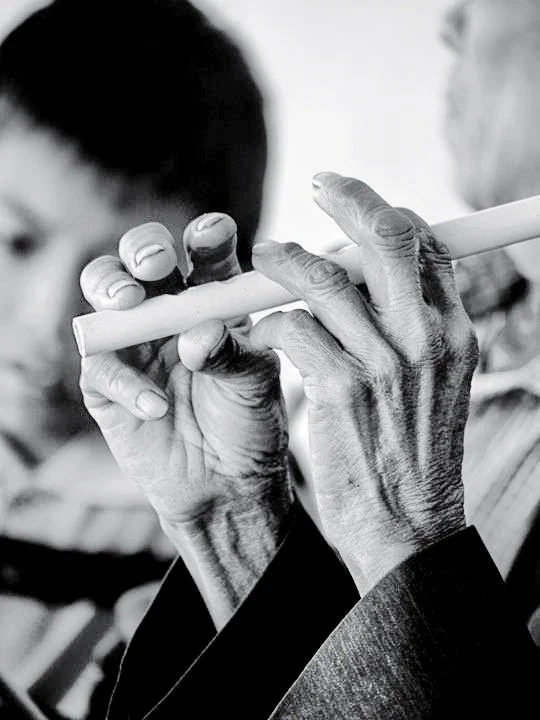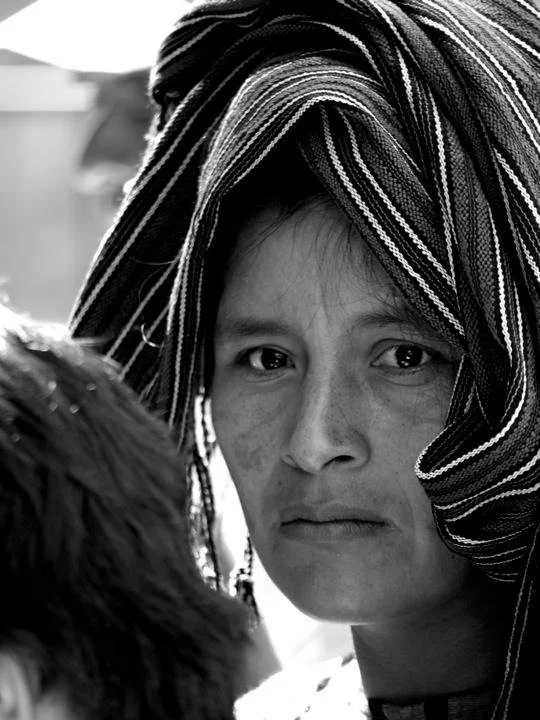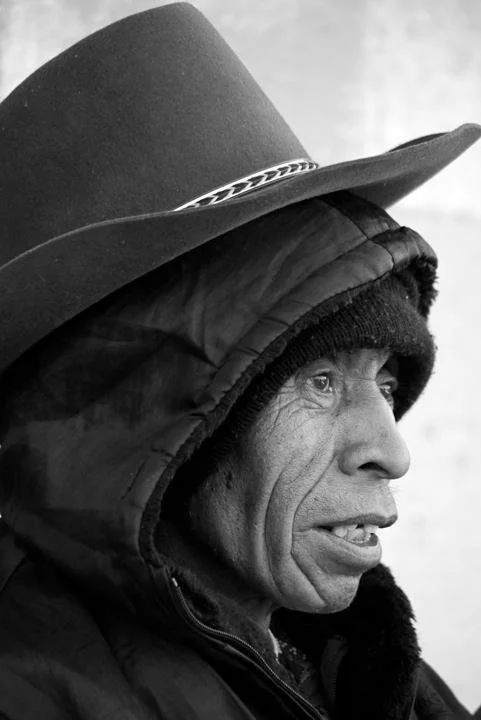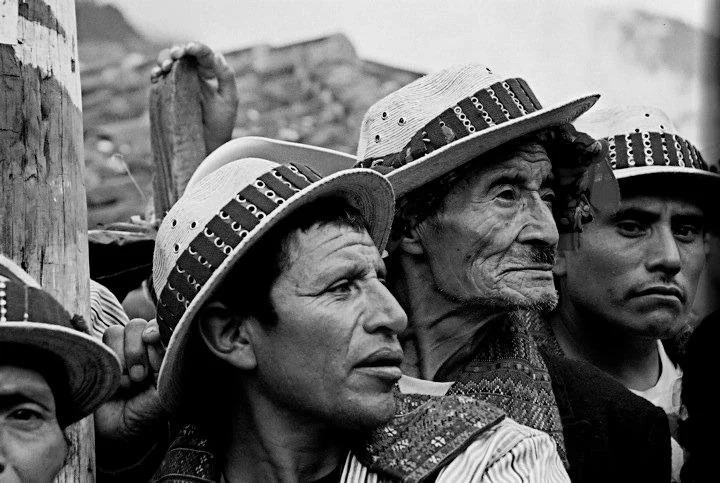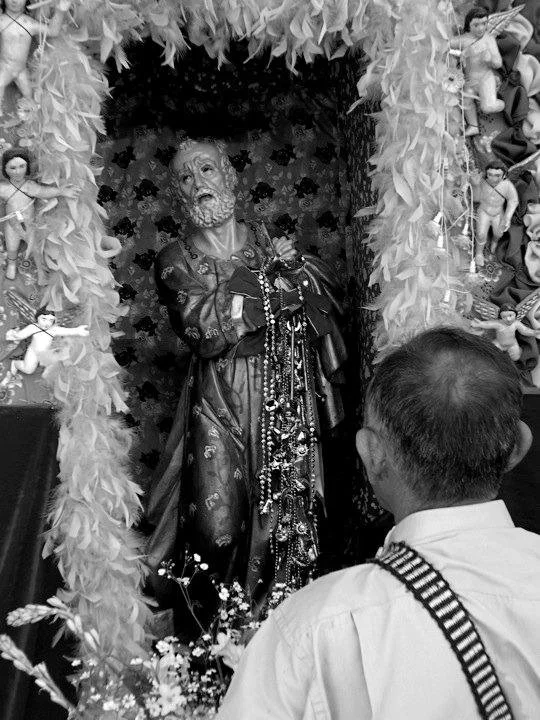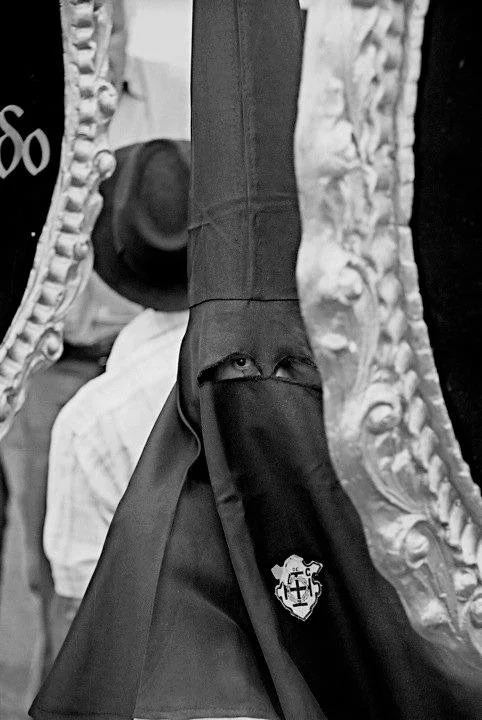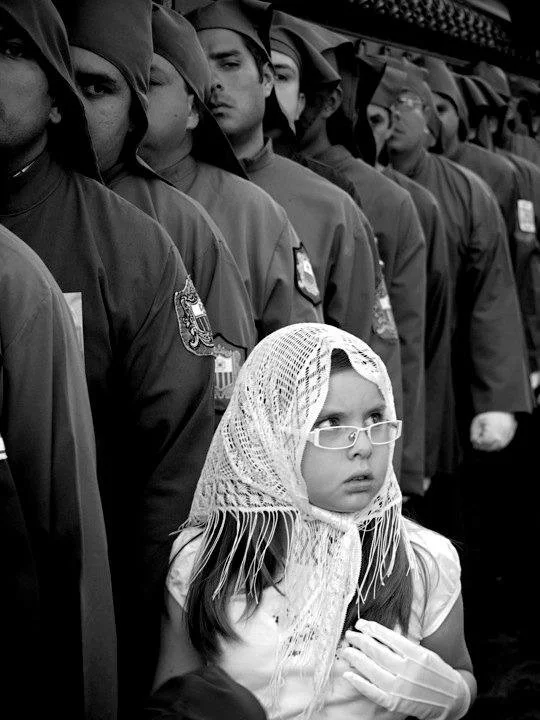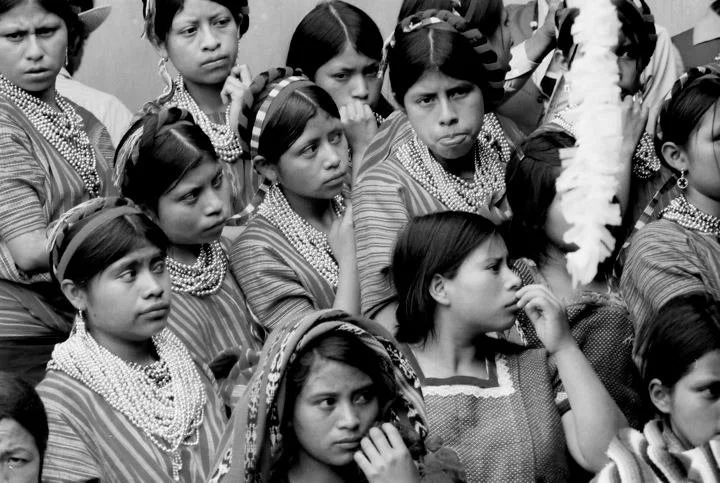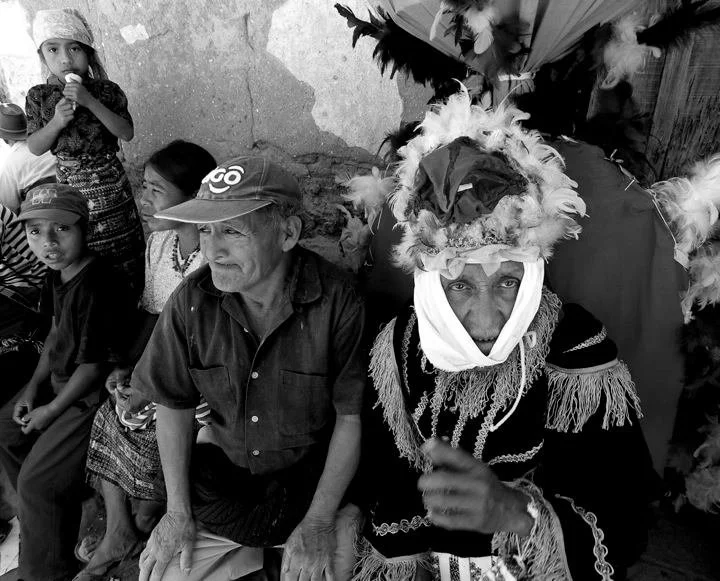Central America forms a large part of Heaton’s archive, joined by imagery from his travels to Madagascar, India, Nepal, Cambodia, the Indonesian archipelago, Papua New Guinea, the United States, Central/ South America, and beyond - it includes a body of work depicting light & shadows, street photography in all the above and socio-political demonstrations and happenings.
Can you tell me about your photographic process? What is the place for spontaneity in your work?
JEH: I rarely stage my images. There is so much to be gained from observing and not controlling. It gets back to my being really curious and wanting to capture the world’s winks, not something I set up or made happen. The most amazing things do happen if you look. I feel one should be able to recognize in real life the world a photograph reveals. A manipulated image may be visually impressive, but will not offer that possibility; the real world does not really look that way. I carry a small camera like a diarist carries his pencil—as if writing visual notes. I am usually familiar with the context or people I set out to photograph beforehand, and as I become part of the decor, my camera becomes invisible to most. I could be holding a flashlight or a bottle of water, it would almost be the same. I respect the people I am photographing, I try to find and portray them at their most authentic selves. And if I am lucky, the magical moment of beauty and light meets and winks at me.
Excerpt of JEH interview by Jean-Luc Monteroso / Director Maison Européenne de la Photographie - Paris (2015)
Highlights of his travels beyond the archive include his journey to Buryatia in the then USSR with HH the Dalai Lama (1991).
Expeditions into Asmat territory and the Baliem Valley, Irian Jaya (Papua) (1993).
Documenting the religious syncretism and animist brotherhoods of the highland Maya / Guatemala (1978 - 2005).
